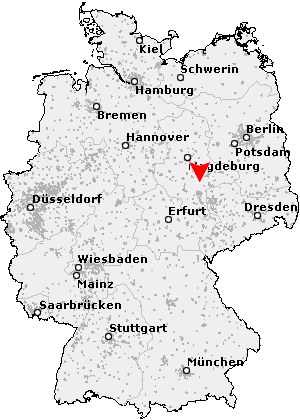MOESAN
Elite member
- Messages
- 5,893
- Reaction score
- 1,294
- Points
- 113
- Location
- Brittany
- Ethnic group
- more celtic
- Y-DNA haplogroup
- R1b - L21/S145*
- mtDNA haplogroup
- H3c
I can agree that some IE ethnonyms were strangely popular and occured far away from each other.
Let's see:
1. Cimmerians from south Ukraine (Krym maybe after them), Cimbrians from Jutland, Sicambri (mythological Frankish ancestors), Cymru (Wales). Maybe biblical Gomer. Gimri in modern Georgian means hero.
I have read (forgot where) about theory that Cimmerians were pushed byt invading Scythians to Central Europe and carried Iron technology into what was later Hallstat Culture. They imposed themsleves as elite over those people. Some of them were Celts, some Germans later. And nobody knows who exactly were Cimmerians (proto-Thracians, Indo-Aryans?)
2. Venedians in Poland, in what is now Latvia, in Armorica, in what is now Switzerland (Vindelics), Asia Minor (Enetoi), in NE-Italy. Vendsysell in Jutland and Vandals also are included???
3. Some say Scots and Scythians are also similar.
I recall Cymru/ "Kymbri" came from celtic *com-brog- ("same-land" or "sharing same-country", nothing else, cf 'britt- 'brog', gaël- 'mruc', germ- 'mark', perhaps lat- 'marg-'), apparently well distinct of Cimmerians and maybe from Cimbri - concerning Sicambri I don't know the syllabing of the word and maybe others don't know more than I do...
Taranis could help?
That 's not to deny some I-E tribes names could have survived later divisions.







